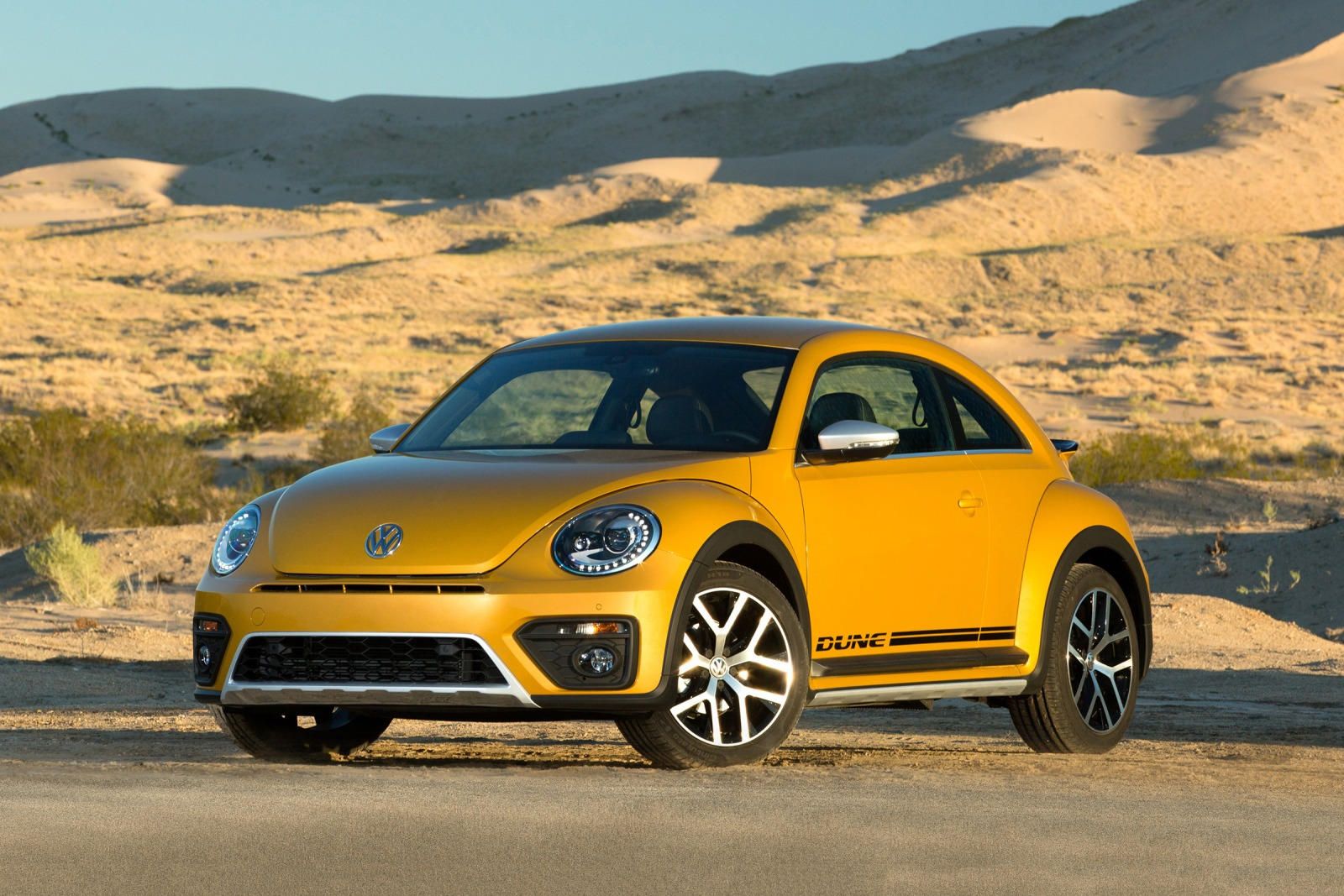
Let's talk about beautiful cars. The Ferrari 458 Italia is one of the most gorgeous machines ever made, but its predecessor, the F430, wasn't quite so pretty. The same can be said of the Karmann Ghia, Volkswagen's first truly beautiful vehicle. It was based on the Beetle, and even VW admitted that this was not a pretty starting point. Yet that is exactly what underpins the Ghia, so how did this come about? Why was a sports car made out of one of the slowest and ugliest cars around? Well, we're about to tell you, but we have to give some credit to the Italians along the way.
The year was 1953, and a contract car manufacturer by the name of Wilhelm Karmann was the sole supplier of Beetle convertibles in Osnabruck, Germany. He approached Carrozzeria Ghia, an automotive design house in Turin, Italy, to use the chassis of a Beetle to design a convertible sports car. Four months later, Ghia showed the finished product - now a coupe - to Karmann. He liked it and shared it with Volkswagen's MD at the time, Heinrich Nordhoff. Thankfully for us, the two then agreed to build a production version of the car in both 2+2 coupe and convertible styles.
The body of the car sat seven inches lower than that of the Beetle, with the Ghia keeping the Beetle's engine and only mildly updating the suspension. When it was ready, only a pair of chrome vents in the nose were added to the design of the original concept, and what a beautiful work of art it was. The body was shaped by hand with the dying art of metalwork creating the sumptuous lines of the gorgeous car, and when it was revealed in 1955, its $900 premium over the Beetle was no problem because it looked so good. And 65 years later, it still does.
It wasn't quick though. With 36 horses and 150 pounds more than the Beetle, it took 28 seconds to reach 60 mph. Despite this, when US sales started in 1956, it took off. Over the next 19 years, with only minor updates to the styling, almost 279,000 units were sold. 362,601 coupes and 80,881 convertibles were produced during its time on the market, culminating in final power output of 60 hp. Today, these are among the more valuable Volkswagen classics, but they're still affordable. If you want something more modern, Volkswagen has hinted that the upcoming ID. electric vehicle range could offer styling that will be just as timeless.
